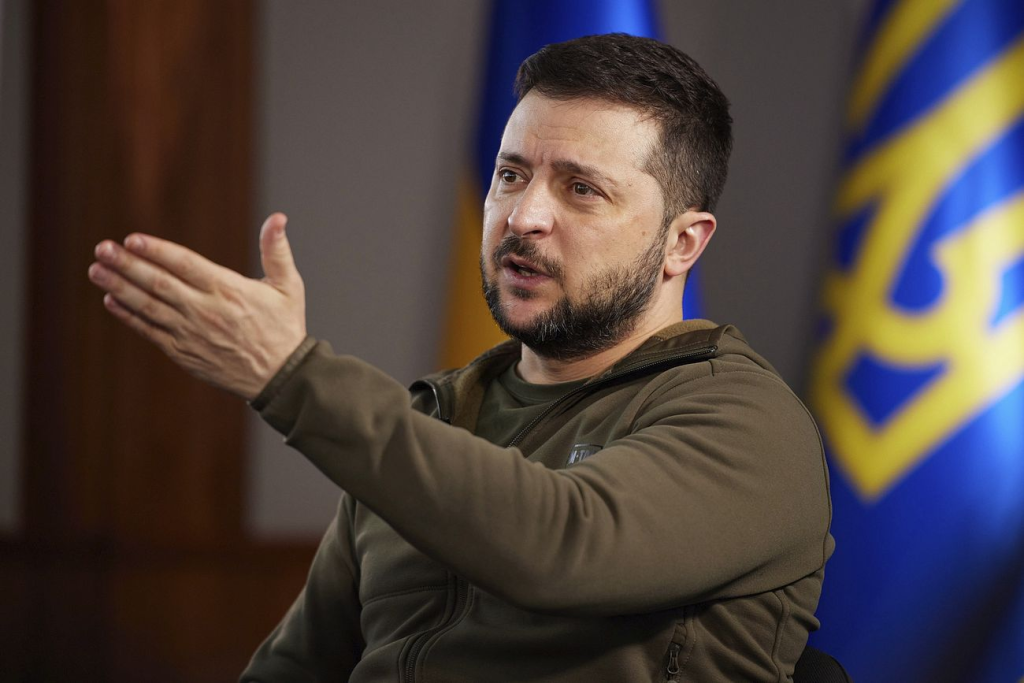
If this war isn’t stopped I might send them Tomahawks, President Donald Trump said aboard Air Force One a remark that has become central to Ukraine’s high‑stakes diplomatic push in Washington. For President Volodymyr Zelensky, the move could redefine Ukraine’s military power and its clout with Moscow.

1. The Strategic Attraction of Tomahawk Missiles
Priority number one on Kyiv’s wish list is the U.S.-produced Tomahawk cruise missile, which has capabilities way beyond that of the existing Ukrainian arsenal. The missile has a range of 1,600 to 2,400 kilometers and speeds close to 885 kph and can deliver a 454-kilogram high-explosive warhead accurately. Its guidance systems GPS, inertial navigation, and Terrain Contour Matching (TERCOM) allow for low-altitude, terrain-following flight profiles that are intended to avoid radar. Ukrainian authorities contend that such access might enable attacks on Russian drone and missile plants deep within the nation, including Moscow, and thus could shift the strategic dynamics in the Kremlin.

2. Launch Platform Constrictions
The service experience of the Tomahawk lies in naval platforms destroyers, cruisers, and submarines. The loss by Ukraine of key warships following the annexation of Crimea renders sea-launch improbable. Ground launch options are limited. The U.S. Army Typhon system, a derivative of the Mark 41 Vertical Launch System, comes in a mere two batteries, each with four launchers, based in the Pacific. Otherwise, Ukraine would have to make do with other means, like Oshkosh’s future Extreme Multi-Mission Autonomous Vehicle (X-MAV) with a capacity for four Tomahawks, though it has not been tested and is not available for immediate transfer.
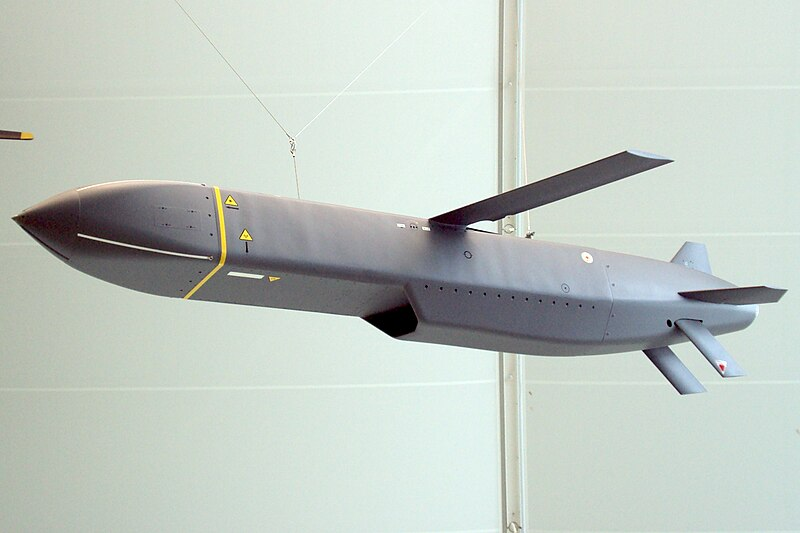
3. Complexity of Operations and U.S. Engagement
Apart from hardware, the missile’s deployment requires complex targeting and route planning. TERCOM needs detailed ground data, perhaps including western Russia, so it is unclear whether the U.S. would preload this information or grant Ukrainian operators access. There is precedent Britain’s Storm Shadow missiles, operated by Ukraine, utilize U.S.-supplied targeting information. But the Tomahawk’s complexity might require more intensive American participation in mission planning, including perhaps on-the-ground technical assistance.
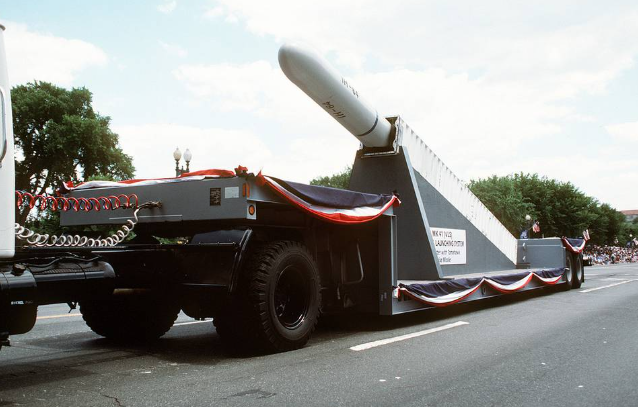
4. Typhon System Shortage
Assuming Tomahawks are approved, the Typhon launchers are still the bottleneck. Created after the U.S. abandoned the INF Treaty, the system was designed for Pacific deployments to counter Chinese missile forces. The Marine Corps’ Long Range Fires program, which has since been cut, had several launchers sitting idle, but their transfer to Ukraine is unknown. Without enough launch platforms, the operational effect of any shipment of Tomahawks would be limited.
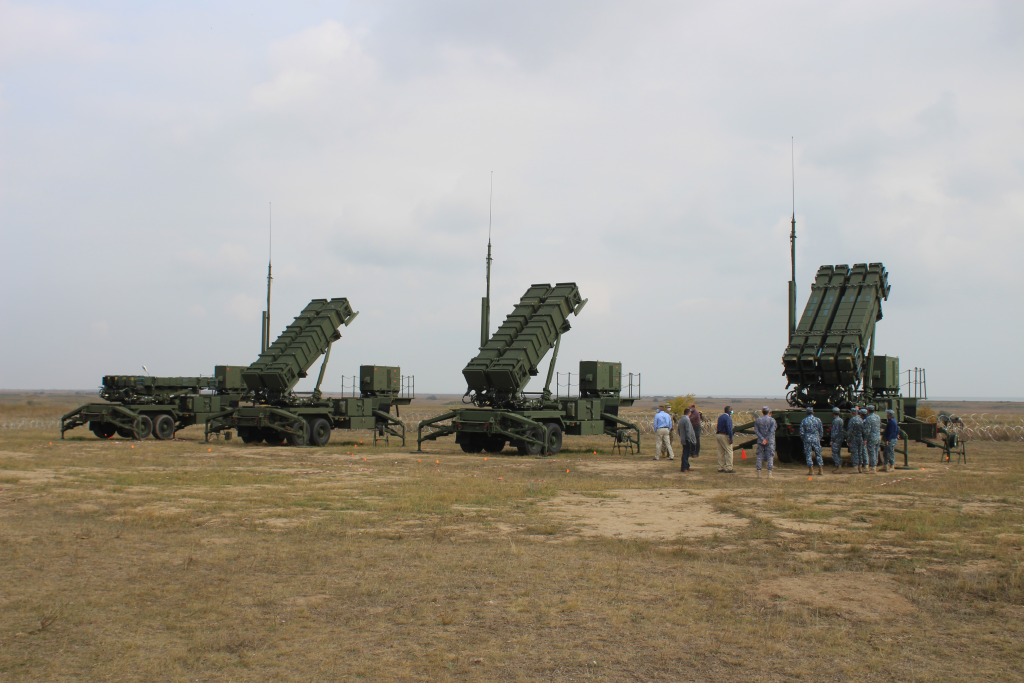
5. Patriot Air Defense Requests
Along with the request for Tomahawks, Ukraine is also asking for additional Patriot air defense units. Patriot is the sole system that can shoot down Russian ballistic missiles, and its GEM-T and PAC-3 interceptors are in short supply worldwide. NATO allies Germany, Romania, the Netherlands have already contributed systems at the expense of their own, and the U.S. is shifting delivery priorities, postponing deliveries to nations such as Switzerland in order to speed up deliveries to Ukraine. Production at Raytheon and Lockheed Martin are set to raise output to 650 interceptors per year, but production lead times for new batteries are still in years.
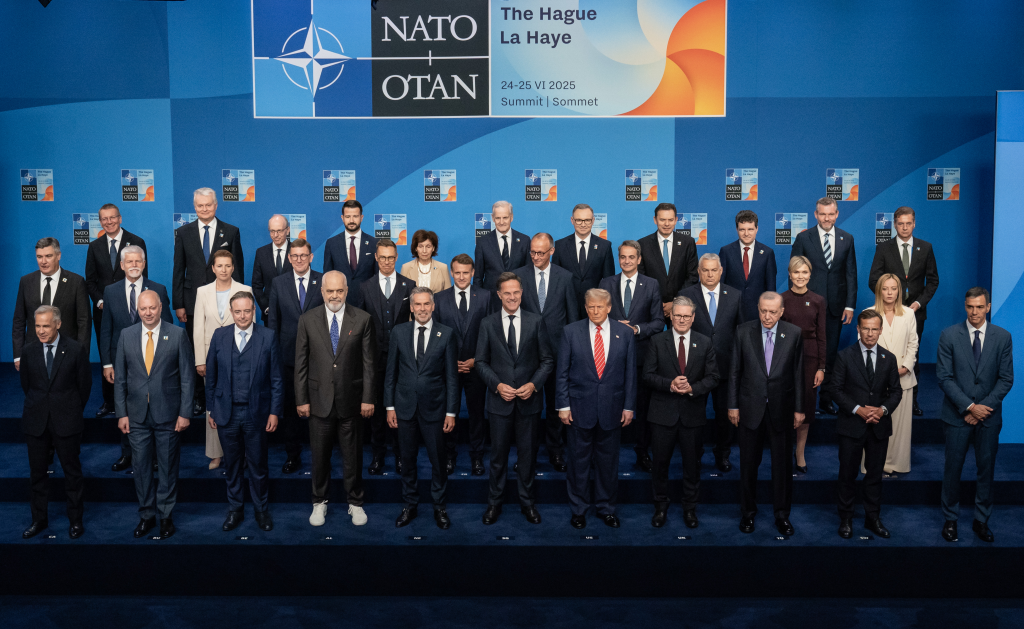
6. NATO Coordination and Supply Chain Strain
NATO Supreme Allied Commander Europe Gen. Alexus Grynkewich has stressed the urgency of transferring current European-based Patriots expeditiously, with American production filling donor countries. Germany, spearheading the new wave of donations, negotiated assurances of accelerated U.S. replacements before adding more systems. However, as Admiral Pierre Vandier observed, delivery times for new Patriots extend to seven years, highlighting the logistical and industrial limits defining battlefield realities.
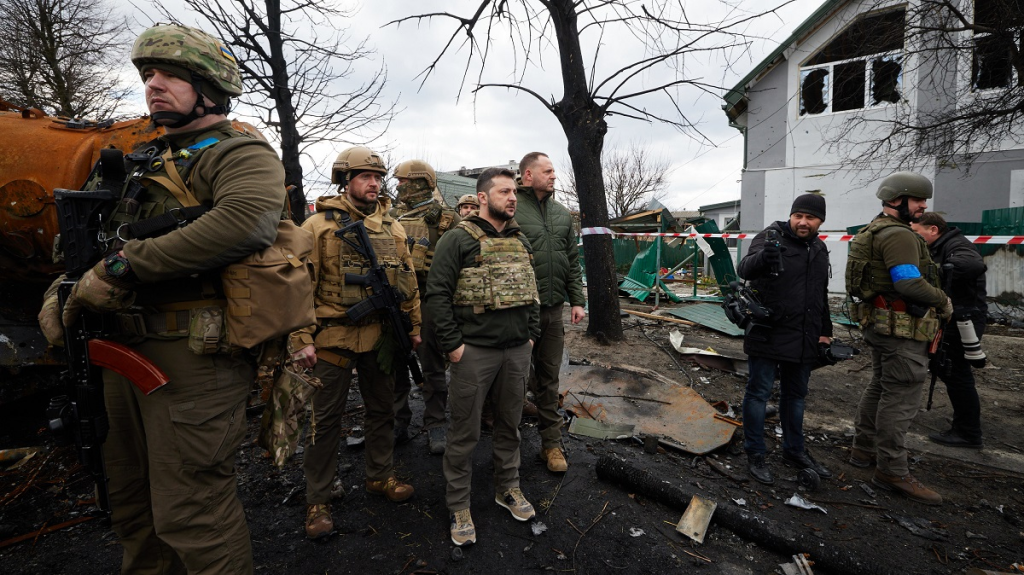
7. Funding from Seized Russian Assets
Ukraine’s aspirations rest as much on European funding as U.S. political support. Kyiv expects the EU to spend more than $100 billion in seized Russian assets to buy U.S. arms. The plan meets legal and political opposition, especially in Belgium, where €194 billion of such assets are stored. Russia threatened “extreme concern” and retaliatory action, describing the step as an international law infringement.
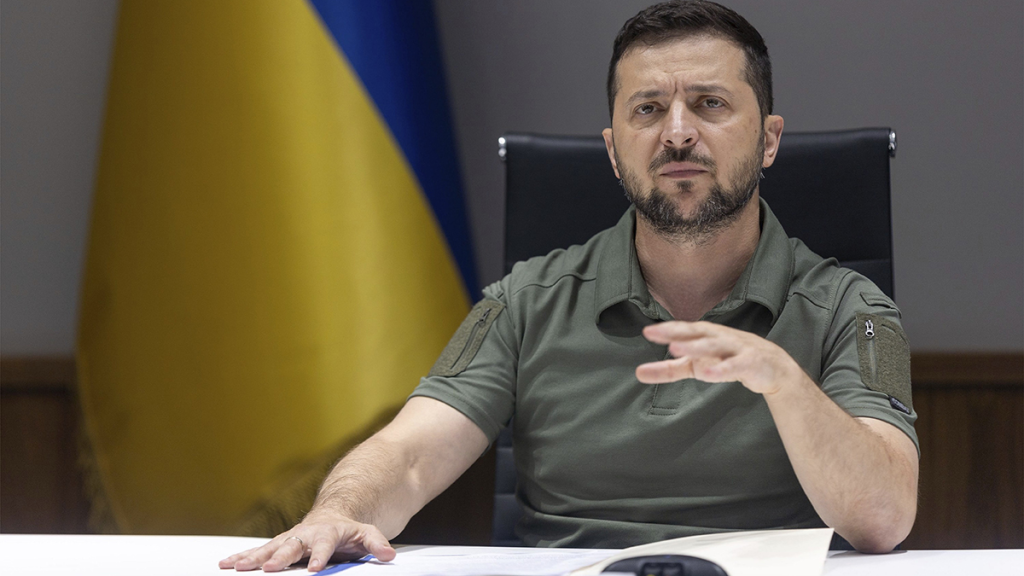
8. Energy Infrastructure Under Attack
The arms push coincides with Ukraine’s energy infrastructure subject to constant Russian bombardment. The most recent raids targeted Naftogaz thermal power plants and Crimean oil terminals, interrupting fuel supplies and leading to regional blackouts. Zelensky’s meeting with the CEOs of Raytheon, Lockheed Martin, and U.S. energy companies reveals a twofold priority shoring up military strength while guaranteeing resistance against energy warfare.

9. Diplomatic Crosscurrents
Trump’s scheduled summit with Vladimir Putin in Hungary considered one of the EU’s least pro-Ukrainian countries has cast doubt on Kyiv’s hopes. Zelensky remains willing to see Putin “in any format” anywhere outside Russia or Belarus, but refuses to budge on demanding Tomahawks, saying they would improve Ukraine’s bargaining hand. As Andriy Yermak explained, such kind of weapons can be game changer.
The intersection of cutting-edge missile capabilities, stretched industrial capabilities, and geopolitical politicking has put Friday’s White House gathering at the intersection of military science and high-level diplomacy. Whether Ukraine departs with the capabilities it desires will hinge on the interplay among operational practicability, political will, and the preparedness of NATO’s defense supply base.


